Other Architectural Styles
Miami Beach has become a vibrant canvas for diverse architectural styles, with Colonial Revival standing as an enduring legacy of early 20th-century development, while Vernacular architecture reflects the practicality of South Florida's tropical climate. Contemporary styles, including Minimalism and Neo-Deco, show the city's evolving cultural and architectural landscape, ensuring that Miami Beach remains one of the most visually dynamic cities in the world.

Colonial Revival
The Colonial Revival architectural style was inspired by the early American colonial buildings and gained popularity from the 1910s to the 1940s. This style sought to revive the aesthetic of early American architecture, focusing on symmetrical facades, gable roofs, brick exteriors and classic columned porticos. While often associated with more temperate climates, it found its way to Miami Beach as part of the region’s post-World War I development, offering a nostalgic and elegant alternative to the more avant-garde modern styles like Art Deco.
In Miami Beach, Colonial Revival architecture is sometimes called "Florida-Georgian" due to its adaptation to the region's climate and lifestyle while retaining many of the classical Georgian style's elements. The term "Florida-Georgian" highlights the variation in Colonial Revival style as it evolved in Florida's warm climate. Key differences include the use of stucco exteriors (instead of brick, which was more common in northern states) and design features like raised foundations, open verandas and porches to accommodate the tropical environment and make the buildings more suitable for outdoor living.
Key Features
-
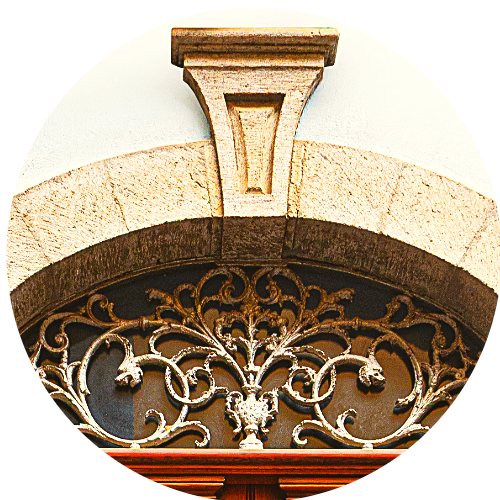
Symmetrical facades with centrally located front doors
-

Gable roofs with dormer windows
-
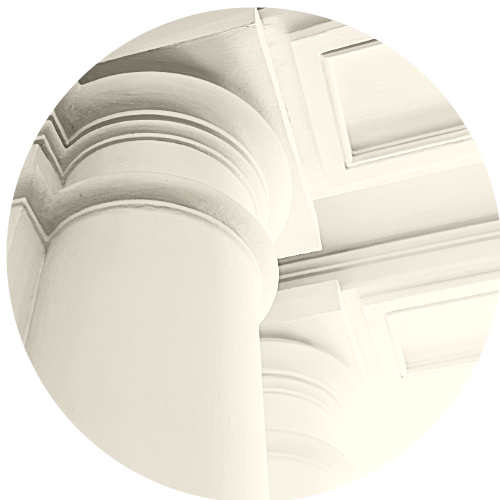
Classical columns, often in the form of porticos or pilasters
-

Brick or stone exteriors
In Miami Beach, they’re often rendered in stucco.
-
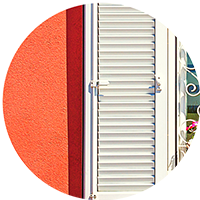
Sash windows with shutters
-
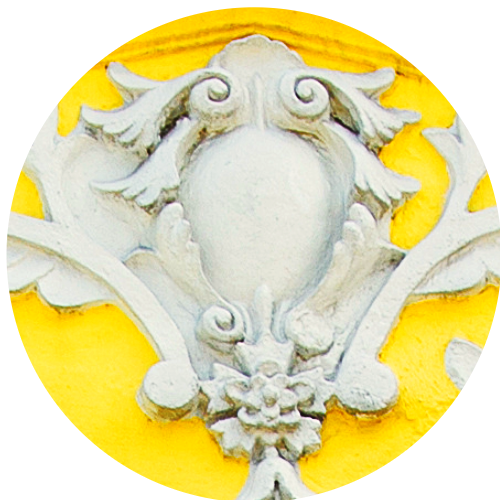
Decorative pediments over windows and doors
-

Simple, classical detailing, such as cornices, pilasters and molded trim
Notable Property
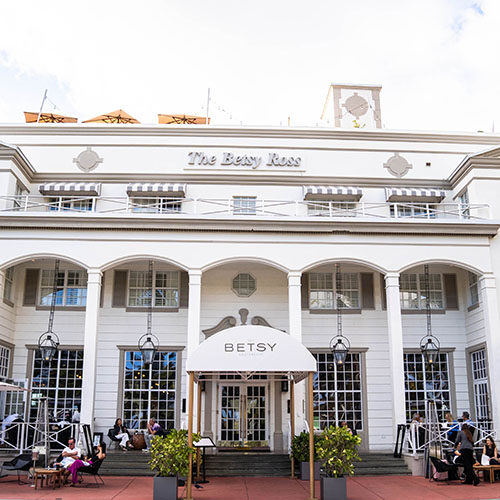
The Betsy Hotel
1440 Ocean Drive
Year Built: 1942
Architect: L. Murray Dixon
The Betsy Hotel is one of the best-known examples of Colonial Revival architecture in Miami Beach. The building was originally designed as the Betsy Ross Hotel and incorporates many Colonial Revival elements, including its symmetrical façade, classical columns and brick-like stucco exterior. The hotel’s design also adapts to Miami Beach's tropical climate, featuring large windows, a central courtyard and spacious terraces. The Betsy is a significant example of how Colonial Revival architecture can be adapted to the subtropical environment while still maintaining its classical appeal.

Vernacular Architecture
Vernacular architecture refers to buildings designed based on local needs, materials and traditions rather than following academic or professional design principles. This architectural style reflects the natural environment, climate and cultural history of a region. In Miami Beach, Vernacular architecture is often seen in buildings that use regional materials, simple forms and functionality to adapt to the subtropical climate. Some buildings date back to before the 1920s.
Key Features
-
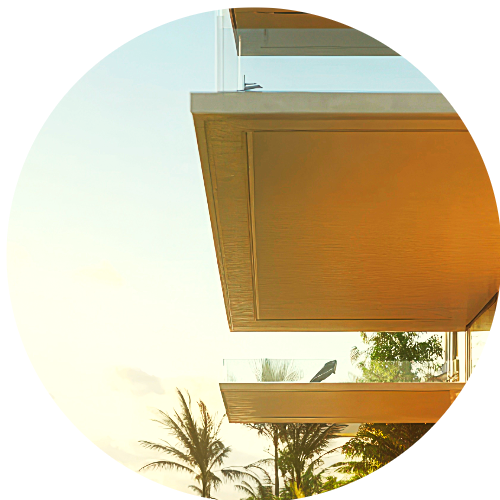
Simple, functional design that focuses on practicality.
-
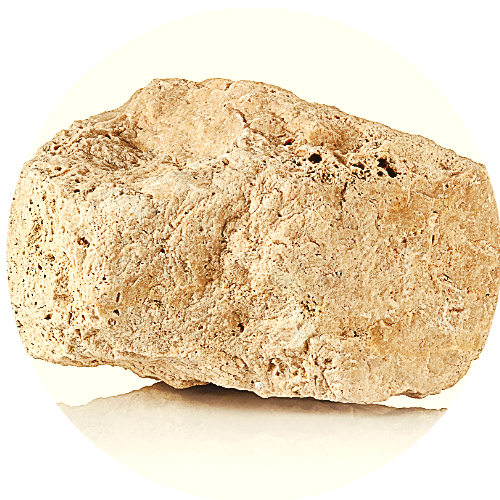
Use of local materials such as Dade County pine and oolitic limestone
-
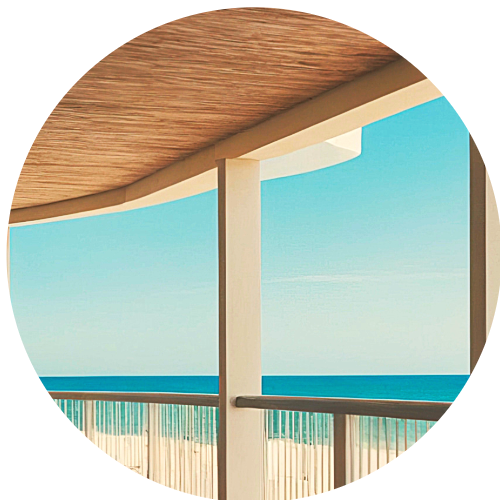
Adaptation to the environment
With features like open verandas, large windows for ventilation and high ceilings for airflow to keep buildings cool.
-
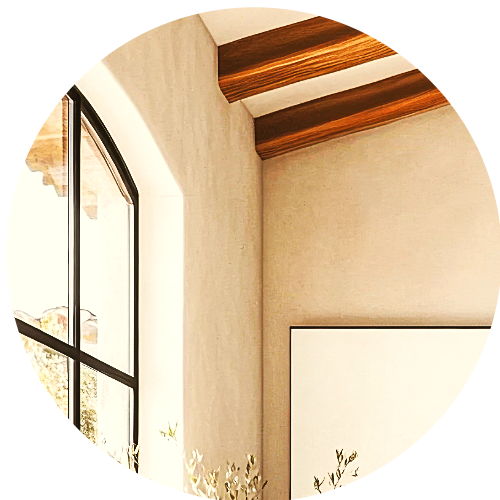
Local influences from Mediterranean
Caribbean and early American design traditions.
Notable Properties
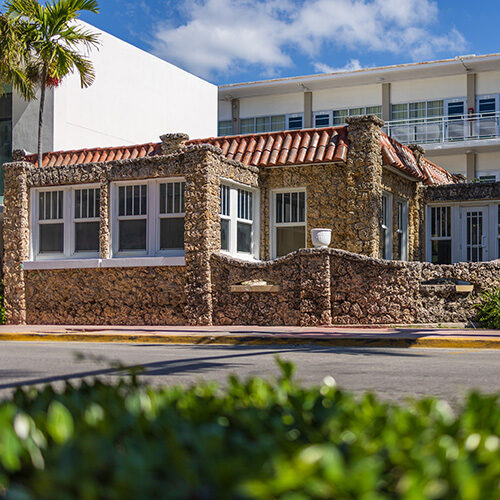
Avery Smith House (Coral Rock House)
900 Collins Avenue
Year Built: 1930
Architect: Avery Smith
The building is constructed from locally sourced coral rock, a material that is indigenous to the region and was often used in early Miami Beach construction. The use of coral rock reflects the adaptation of local materials in the design of the home, which is a hallmark of vernacular architecture.
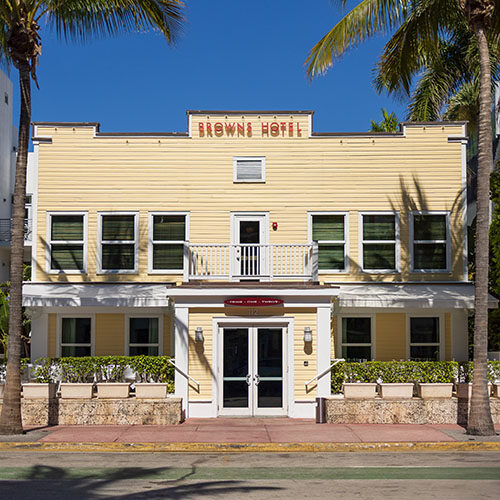
Browns Hotel (Prime 112)
112 Ocean Drive
Year Built: 1915
Architect: William J. Brown
Built in 1915, it began as a two-story pine structure featuring 36 rooms and kitchen facilities on the first floor. This design reflects the practical and straightforward nature of vernacular architecture, utilizing locally available materials and simple construction methods.

Contemporary Architecture
Today, Miami Beach's contemporary architecture seamlessly blends innovative design, cultural expression and sustainability. Many modern structures emphasize green building practices, achieving LEED (Leadership in Energy and Environmental Design) certifications, while also integrating artistic and cultural elements. Here are three notable examples:
Notable Properties
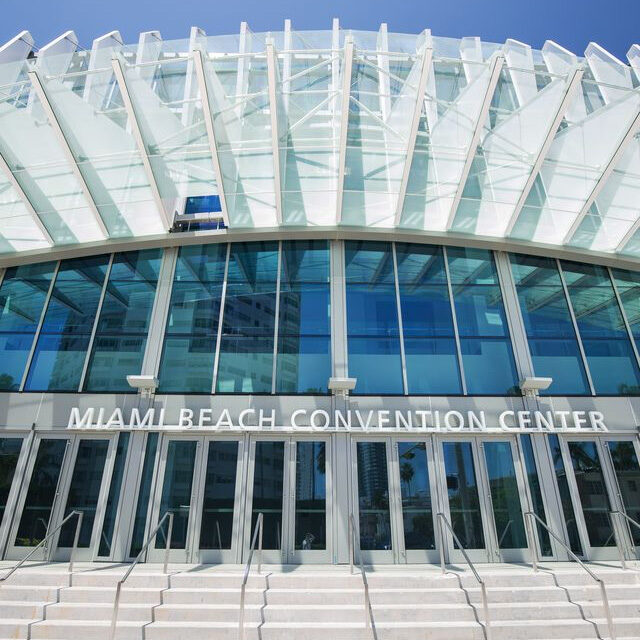
Miami Beach Convention Center
1901 Convention Center Drive
Year Built: 1957 (remodeled beginning in 2015)
The Miami Beach Convention Center, originally built in 1957, underwent a $640 million renovation designed by Arquitectonica. The project earned LEED Silver certification and transformed the 25-acre site into a vibrant civic hub, incorporating sustainable features like energy-efficient systems, green spaces and resiliency elements to protect against sea-level rise. The design draws inspiration from oceanic and natural motifs, with over 12 acres of new public parks and contemporary public art. Recently awarded the 2023 Project of the Year Vision Award by the Urban Land Institute, the center now serves as a key economic driver, hosting major events like Art Basel and welcoming over 600,000 visitors annually.

1111 Lincoln Road Parking Garage
1111 Lincoln Road
Year Built: Completed in 2010
Architect: Herzog & de Meuron
This parking garage transcends its utilitarian purpose, embodying avant-garde architecture. Designed by the renowned Swiss architectural firm Herzog & de Meuron, the structure features a Brutalist concrete facade with a delicate, almost skeletal appearance. The garage's open-air design incorporates public plazas on each level, hosting events, art exhibitions and social gatherings. Interspersed with retail spaces, including boutiques and cafes, it fosters community engagement. The rooftop offers panoramic views of Miami Beach, enhancing its appeal as a dynamic urban space.
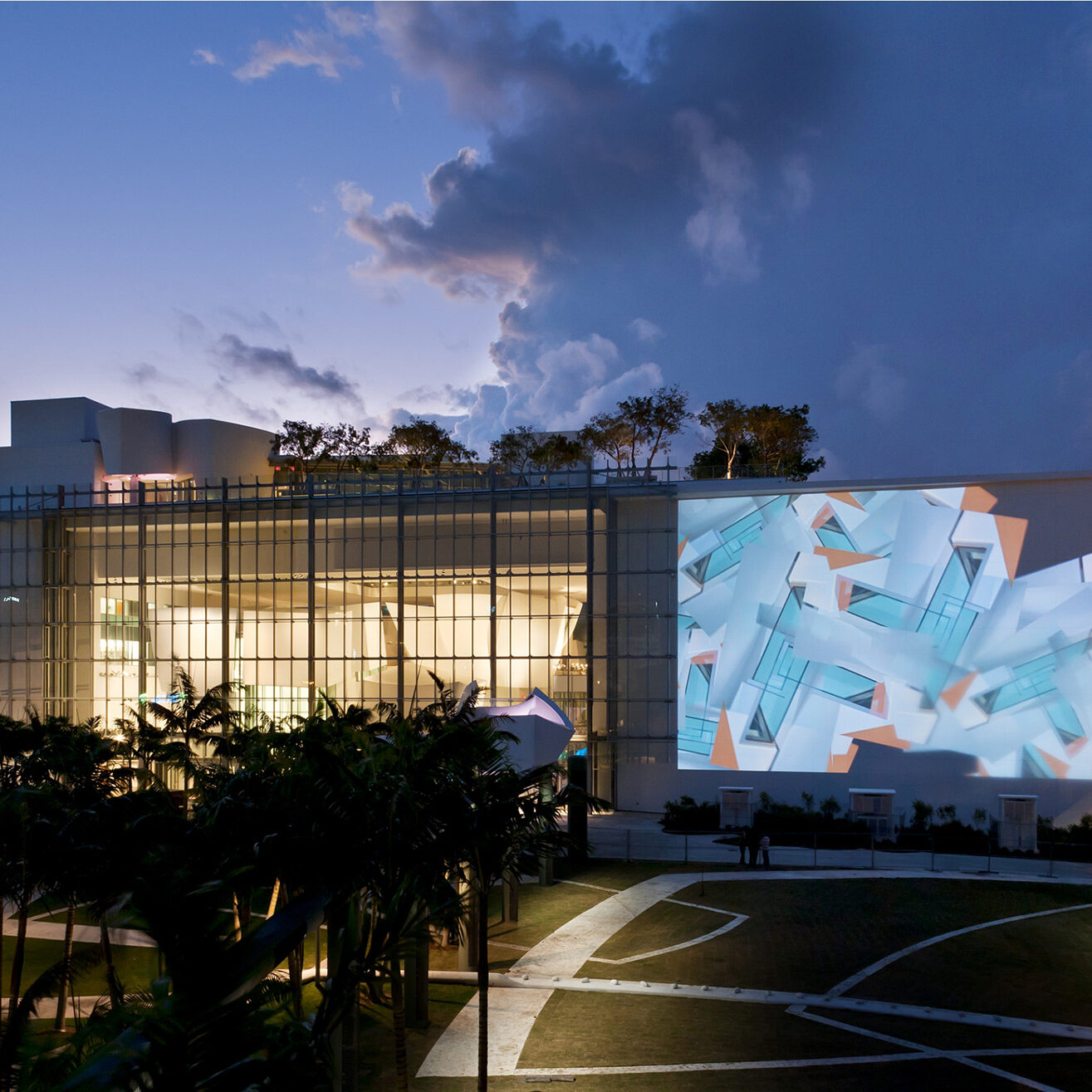
New World Center
500 17 Street
Year Built: Opened in January 2011
Architect: Frank Gehry
The New World Center serves as the home of the New World Symphony, America's Orchestral Academy. Designed by Pritzker Prize-winning architect Frank Gehry, the building boasts a glass and white-plaster exterior that harmonizes with Miami Beach's architectural vernacular. Inside, the concert hall features innovative acoustics designed by Yasuhisa Toyota, ensuring an intimate musical experience. Adjacent to the hall is a 2.5-acre public park with a 7,000-square-foot projection wall, offering free "wallcasts" of performances and video art, enhancing community accessibility to cultural events.